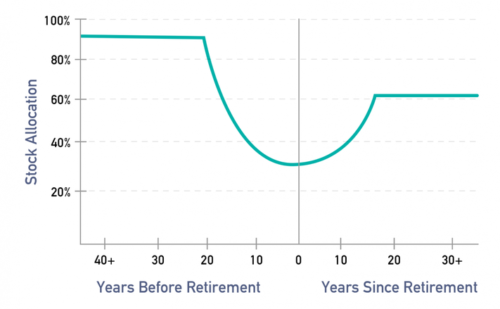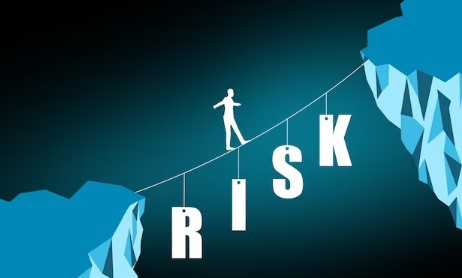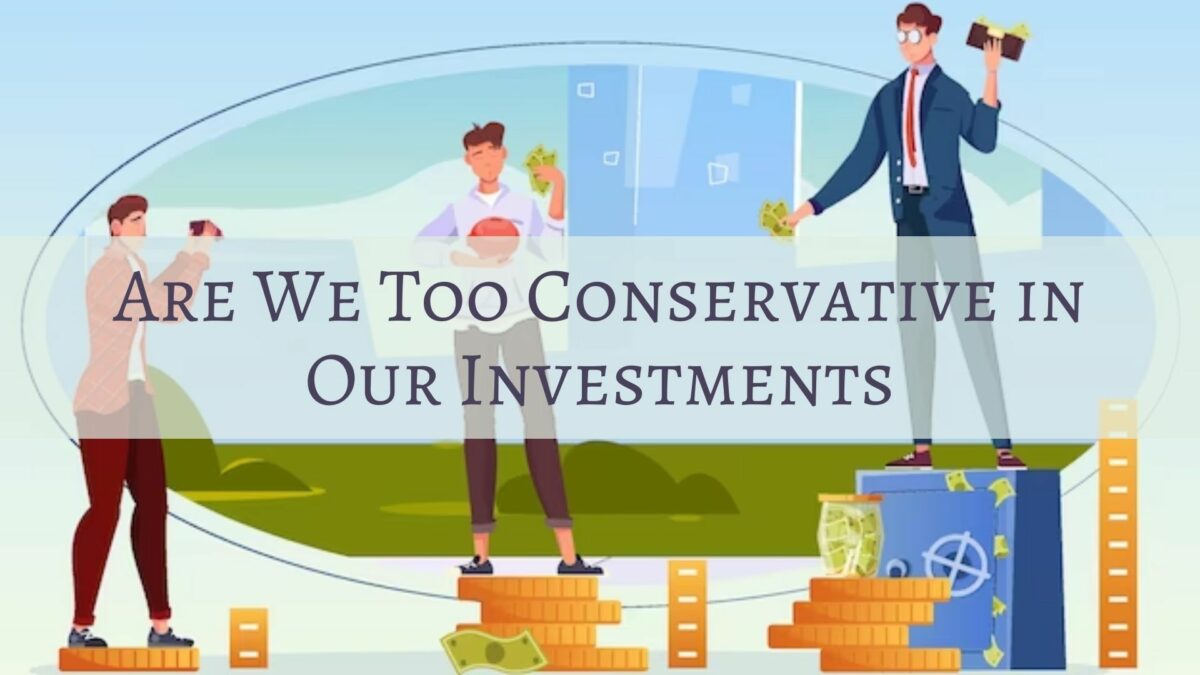“Caution is the confidential agent of selfishness.”
–Woodrow Wilson
Nobody wants to run out of money when they’re retired.
They don’t want to eat cat food.
They don’t want to dive in dumpsters.
They don’t want to be the bag lady.
Those images are the ones that fuel us whenever we think of retirement planning. Running out of money is the number one concern of retirees. It causes us to overwork. It causes us to focus on return of our investments/invested money rather than return on our invested money. That fear is the bogeyman that hides under the beds of anyone who thinks about their financial security in retirement.
In an ideal world, we could stuff money in a mattress, and then, when we retire, the money that we stuffed in the mattress would be sufficient for us to live on as long as we were alive. Granted, the mattress would be extremely lumpy and uncomfortable to sleep on, but it would provide security.
However, the mattress method won’t work. If you saved 15% of your income, worked for 40 years, and then retired, you’d have 7 years’ worth of expenses saved up. That’s not accounting for inflation, either.
We need our assets to grow. Most of us can expect to be retired between 20 and 30 years. Early retirees could have a 60-70 year retirement time horizon. But, because we fear loss, we wind up overinvested in conservative assets (see figure 26 in this EBRI report of 401k investment allocations for an example).
That’s why there’s a concept financial planners use called the equity glide path.
What is the equity glide path and why is it important to you?

Historically, investments in stocks have outperformed investments in bonds. However, because bonds pay interest, they are more stable. Stocks can be a rollercoaster. Bonds are usually a more steady ride, but you’ll never have an exceptional return, either.
Thus, when we’re young, we should take more risk. We need the growth and have a long enough time horizon to survive the downturns. As we get older, we should take less and less risk. We’re most vulnerable to hits to our retirement portfolio from five years before retirement to five years after retirement.
The financial planning community uses the rule of thumb of 100 – your age to determine how much risk you should be taking by investing in stocks. Because of the value of Social Security, I generally recommend 110 – your age.
If you plot this on a chart, you get a downward-sloping line representing your allocation of your retirement investments in stocks. That’s called the glide path.
Recently, as I explained in “Asset Allocation for Early Retirees,” research has shown that changing the asset allocation for the first few years of retirement improves the probability of not running out of money.
Save enough, invest proportionally to the glide path, withdraw sensibly in retirement, and you should be in pretty good shape.
To demonstrate this, I modeled out a 22 year old who has just graduated from college. He makes the median college graduate salary of $44,259 and starts out putting away 3% in his 401k. His employer matches up to 3% of contributions, and he enrolls in automatic escalation, increasing his contribution by 1% per year until he’s contributing 15% of his income to his 401k. He works through age 66 and then retires, receiving $2,000 per month in Social Security payments in today’s dollars. His pay, expenses, and Social Security benefits increased with inflation. He lives through age 96.
I created 10,000 random scenarios, called Monte Carlo modeling, based on historical S&P 500 returns, corporate AAA bond returns, to see how he would do. Below is a chart showing the range of net worth. He couldn’t actually have negative net worth, as he couldn’t continue to borrow to fund his lifestyle. He’d, in reality, dial back spending if he ran out of money, but this chart is illustrative of the range of outcomes.
His median net worth – meaning 50% of the time, he was higher and 50% of the time he was lower – when he reached age 97 was $9.1 million. The average net worth was $13.2 million, as he had some scenarios where he made much more than the median amount.
80.2% of the time, he had a positive net worth when he turned 97. This is a little lower than I like to shoot for with my clients – I aim for 90% success – but a reasonable outcome.
The 110 – age rule of thumb works reasonably well for most people.
However, it fails to account for the fact that most people increase their retirement contributions over time. Even if the percentage remains the same, people usually get pay increases, which means that what they contribute continues to go up.
Let’s see how our hypothetical person’s contributions increased over time.
It will take him 28 years of work to get to 50% of the total amount contributed to his retirement plan.
As we saw in “Do You Need to Save Money in Your Twenties?”, those first few years of saving and investing create the baseline from which you build your retirement platform.
Should we be even more risk-seeking in our younger years?

To answer this question, I created a second model. In this case, our hypothetical person used his percentage of total contribution as a function for a bond glide path, aiming to get to 56% invested in bonds by age 66 (110 – age 66 in stocks). The percent in bonds for each year was .56 * % of total expected contribution. After retirement, the allocation reverted back to the normal allocation I described above.
How did our prospective retiree do?
From a net worth perspective, when he turned 97, our hypothetical person did significantly better. The median net worth was $9.6 million, or $490k better, and the mean net worth was $15.7 million, almost $2.5 million better.
Whoo whee! Money!
However, as Robert Heinlein once wrote, “there ain’t no such thing as a free lunch.”
Using the modified glide path, our hypothetical person had a positive net worth at age 97 77.9% of the time, compared to the baseline case of 80.2% success.
The reason for this was because of the additional risk. While risk brings extra rewards, hence the higher median and mean net worth, it can occasionally bring calamity, like a series of bad years. By increasing the risk with this approach, we’re both opening ourselves up to the potential to get higher returns and the potential to get burned more often.
Of course, these are just models. There’s no guarantee that anything will happen.
Which approach should I choose?
That’s a highly personal question. I don’t have the one size fits all approach to answer it. Part of the issue is due to our inability to truly predict how we’ll react to future situations. The upside of the modified glide path approach is either a higher net worth or the ability to retire early. The downside is the increased risk of running out of money before you run out of heartbeats or being forced to trim down your lifestyle in retirement.
The upside of the standard glide path approach is increased security in retirement, but it comes at the cost of usually needing to work longer and not having as much in assets when you retire or to leave to your benefactors in inheritance.
So, the choice is yours. Each approach comes with its own pros and cons, and, of course, neither is guaranteed to do anything; investing is inherently risky.
What do you think? Is the tradeoff worth the increased risk? Do you even pay attention to equity allocation? Let’s talk about it in the comments below!
Author Profile
- John Davis is a nationally recognized expert on credit reporting, credit scoring, and identity theft. He has written four books about his expertise in the field and has been featured extensively in numerous media outlets such as The Wall Street Journal, The Washington Post, CNN, CBS News, CNBC, Fox Business, and many more. With over 20 years of experience helping consumers understand their credit and identity protection rights, John is passionate about empowering people to take control of their finances. He works with financial institutions to develop consumer-friendly policies that promote financial literacy and responsible borrowing habits.
Latest entries
 Low Income GrantsSeptember 25, 2023How to Get a Free Government Phone: A Step-by-Step Guide
Low Income GrantsSeptember 25, 2023How to Get a Free Government Phone: A Step-by-Step Guide Low Income GrantsSeptember 25, 2023Dental Charities That Help With Dental Costs
Low Income GrantsSeptember 25, 2023Dental Charities That Help With Dental Costs Low Income GrantsSeptember 25, 2023Low-Cost Hearing Aids for Seniors: A Comprehensive Guide
Low Income GrantsSeptember 25, 2023Low-Cost Hearing Aids for Seniors: A Comprehensive Guide Low Income GrantsSeptember 25, 2023Second Chance Apartments that Accept Evictions: A Comprehensive Guide
Low Income GrantsSeptember 25, 2023Second Chance Apartments that Accept Evictions: A Comprehensive Guide

